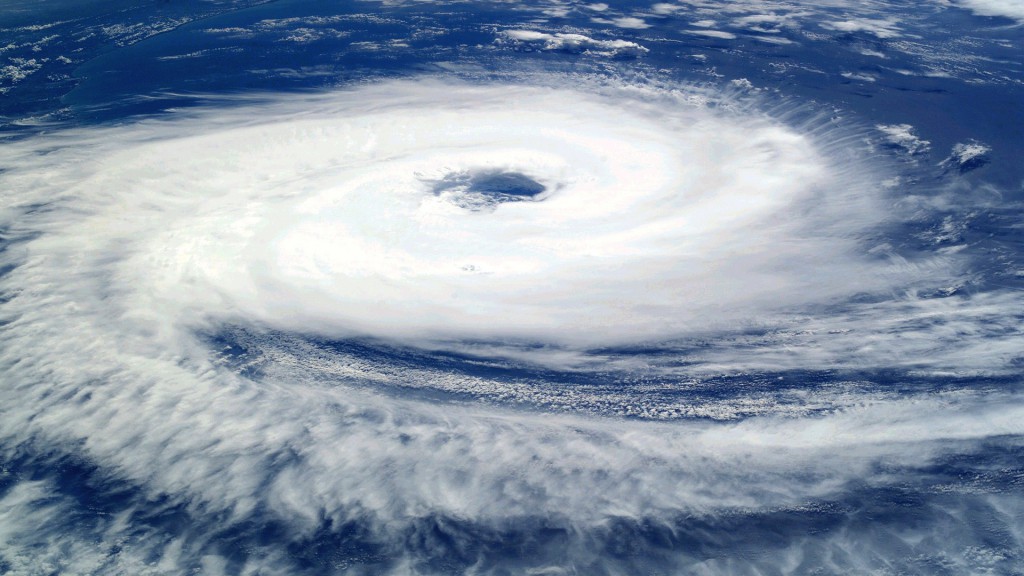Hurricane season is here, and will be with us for a few months to come. That means processing facilities and distribution warehouses should pay extra attention to tropical forecasts, especially if their operations are located near the coast. On this blog, we’ve previously discussed best practices for preparing for a hurricane, including in the wake of the COVID-19 pandemic last year.
If your facility relies on ammonia refrigeration, however, preparing for a major storm is that much more important due to the potential for an ammonia release caused by weather damage. The most important thing is to establish a sound process safety management (PSM) program with standard operating procedures on how your facility prepares for a storm. You might be surprised at the number of plants that don’t have this outlined, especially smaller ones. Even if your system is under the 10,000-pound ammonia threshold, you should have a plan in place under the OSHA and EPA General Duty Clause. Ignoring these safety issues can be a lot more costly to address after the fact. It’s a good practice to prepare, prevent and execute a plan for emergencies.
Before the storm
Planning an emergency response is essential to protect your most important assets: your employees. Your second-most important asset is your equipment. For operations that rely on keeping products cold (e.g., food, beverage, pharmaceutical), the refrigeration system is the heartbeat of a facility.
In the event of a major storm, you ideally want to shut down your refrigeration system and migrate the ammonia to secure holding vessels. By centralizing your facility’s ammonia content in one location, you mitigate the risk of a leak if something were to fall on a pipe or otherwise damage it. You may also consider reinforcing certain rooftop units, shielding certain elements or protecting pipes from debris.
Each facility is responsible for the health and safety of its workers and the community in which it operates. All workplaces should prepare an effective emergency action plan (EAP) required by particular OSHA standards. Among other things, the plan should include:
- Means of reporting emergencies
- Evacuation procedures
- Protocol for personnel who remain to operate critical plant operations, if necessary
- Procedure to account for all employees after an evacuation
- Assignments of personnel who can be contacted for further info or explanation of duties under the plan
Of course, each facility will have its own unique set of ammonia safety protocols, just as no two fire evacuation plans are exactly the same. It’s essential to review your PSM plan, ensure it’s up to date and confirm that all plant personnel are familiar with the emergency procedures. Furthermore, ensure your facility’s preventive maintenance and emergency shutdown capabilities are up to current code, and conduct periodic safety tests to remain prepared.
While hurricane forecasts may provide more advanced warning than a tornado or earthquake, their projected paths can also shift unexpectedly. Don’t underestimate the power of planning.
During the storm
Monitoring your facility during a hurricane or other severe weather event is a must. Some systems can be monitored and controlled remotely, while others may need to be manned by a designated person 24 hours a day, 7 days a week. In some cases, we’ve had technicians remain on site in an approved safe room or stay within a short distance from the client’s facility to monitor the ammonia system during a storm.
It is imperative to take all safety precautions during a weather event and follow the facility’s standard operating procedures (SOP). Designate a safety officer or point of contact who will communicate with the local hazmat emergency response team (usually at the nearest fire station) in the event of an emergency. Stellar technicians equipped with the proper PPE and specially trained in hazardous material handling are also available to assist customers before, during and after an emergency.
After the storm
After a storm, the on-watch technician should provide an “all clear” if and when it’s safe for employees to return to the site, but operations can’t resume until the refrigeration system is up and running again. As you return ammonia to the pipes, be sure to check for leaks or other minor damage that may not be immediately obvious. Refrigeration personnel should also walk the building’s roof to inspect any penthouse piping or valve groups. If the extent of the damage goes beyond an in-house team’s technical expertise, a partner like Stellar can step in to conduct an in-depth analysis, perform repairs and/or order any necessary equipment.
Keep in mind that the process of getting the entire facility back online could take a few days. Safety checks must be performed and technicians must confirm that climate-controlled areas are reaching their proper temperatures before operations can resume. There may also be other damage or issues to address after the storm that are separate from the refrigeration system.
Again, the most important thing is having robust PSM training and best practices for your personnel on proper emergency protocols. Are you still relying on reams of paper and thick books to manage your PSM program? You may want to consider going digital to improve both safety and efficiency, too.
One thing is for certain: The safety of your facility’s employees and its surrounding community should never be taken lightly — and hurricanes shouldn’t be either, especially if you have ammonia on site.
Want to make your ammonia system more resilient? Need assistance maintaining your refrigeration equipment’s preventative maintenance plan? Comment below or send me an email at foodforthought@stellar.net



